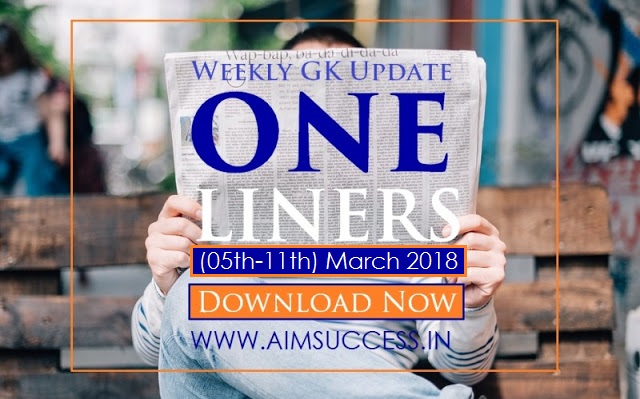New Pattern Puzzle for IBPS PO/RRB Mains 2018: 27 Aug
Directions (Q. 1-5): Study the following information carefully and answer the questions given below:
Ten persons P, Q, R, S, T, U, V, W, X and Y are sitting around a rectangular table in such a way that four of them sit at the corners, two each on the longer sides and one each on the smaller sides but not necessarily in the same order. Some of them are facing the centre while some of them are not facing the centre. Not more than two persons sitting together face the same direction. Each of them is born in different months, viz January, February, March, April, May, June, July, August, September and October but not necessarily in the same order.
The one who was born in September sits on the immediate right of X, who was born in July. The one who was born in June sits second to the left of R. T sits on the immediate left of S and is not an immediate neighbour of R. P and T face the same direction. X is not an immediate neighbour of P, Q or U but sits on the immediate right of R, who is not facing the centre. The one who was born in May sits on the immediate left of the one who was born in June. S and V sit diagonally and face the opposite directions (ie if one is facing the centre then the other is facing outward). Only two among the four sitting at the corners face the centre. W and S are sitting on the immediate left and third to the left of Y respectively. P sits on one of the smaller sides and third to the right of U. S was born in March and sits third to the left of the one who was born in October. Y sits on the immediate right of the one who was born in August. T was born in April and sits second to the left of the one who was born in February. One of the four persons who sit at the corners is X.
1. Who among the following was born in May?
1) U
2) R
3) Q
4) P
5) Y
2) R
3) Q
4) P
5) Y
2. Who among the following sits second to the right of the one who was born in June?
1) W
2) Y
3) P
4) X
5) None of these
2) Y
3) P
4) X
5) None of these
3. What is the position of S with respect to Q?
1) Third to the left
2) Second to the right
3) Fourth to the left
4) Fourth to the right
5) Third to the right
2) Second to the right
3) Fourth to the left
4) Fourth to the right
5) Third to the right
4. Which of the following statements is true?
1) Only three persons sit between Y and X.
2) P sits opposite U.
3) R and T face the same direction.
4) X sits exactly between T and V.
5) None is true
2) P sits opposite U.
3) R and T face the same direction.
4) X sits exactly between T and V.
5) None is true
5. Four of the following five are alike in a certain way and so form a group. Which is the one that does not belong to that group?
1) January – Y
2) September – Q
3) July – T
4) February – S
5) June – P
2) September – Q
3) July – T
4) February – S
5) June – P
Directions (Q. 6-8): Study the following information carefully and answer the questions given below:
Five family members J, K, L, M and N are sitting in a row facing north. J sits third to the right of his daughter. K is an immediate neighbour of L, whose husband is brother of K. J is an immediate neighbour of N. M is not an immediate neighbour of J’s son. M sits on the extreme left end of the row and her mother is L, who is wife of J. K sits on the right of L and M. K and J are immediate neighbours.
6. What is the position of L’s son with respect to M’s father?
1) Immediate left
2) Third to the right
3) Immediate right
4) Second to the left
5) Fourth to the right
2) Third to the right
3) Immediate right
4) Second to the left
5) Fourth to the right
7. How is K related to J’s daughter?
1) Paternal uncle
2) Aunt
3) Maternal uncle
4) Can’t be determined
5) None of these
2) Aunt
3) Maternal uncle
4) Can’t be determined
5) None of these
8. If the positions of K and N are interchanged, then who among the following sits on the immediate right of M’s mother?
1) J’s brother
2) J’s son
3) J
4) J’s wife
5) None of these
2) J’s son
3) J
4) J’s wife
5) None of these
9. Statement: Wholesale inflation slowed to an eight-month low of 2.47% in March, compared with 2.48% in February and 5.11% a year earlier.
Which of the following may be a valid reason for the decline in wholesale inflation in the country?
1) Fall in the price of food and vegetables in the market
2) Rise in the price of petrol and diesel in the country
3) Increase in repo rate
4) Rise in the disposable income of the people in the country
5) Rise in the price of crude oil in the international market
2) Rise in the price of petrol and diesel in the country
3) Increase in repo rate
4) Rise in the disposable income of the people in the country
5) Rise in the price of crude oil in the international market
10. Statement: The Government of Delhi has approved the policy to provide compensation to users in case of unscheduled power cuts by private power distribution companies. The citizens would be compensated for unscheduled power cuts lasting longer than one hour, if a policy is approved by the Delhi government.
Assumptions: (A) The citizens of Delhi have to face lots of load shedding in the summer season.
(B) Citizens of Delhi are facing lots of power cuts.
(C) Power companies are not informing the citizens of Delhi prior to any power cut.
(B) Citizens of Delhi are facing lots of power cuts.
(C) Power companies are not informing the citizens of Delhi prior to any power cut.
1) Only (A)
2) Only (B)
3) Only (C)
4) Only (B) and (C)
5) Only (A) and (B)
2) Only (B)
3) Only (C)
4) Only (B) and (C)
5) Only (A) and (B)
Answers:
9. 1; Except 1), all points will give rise to inflation.
10. 2; Assumption (B) is valid because a govt would resort to such a policy only when the matter is serious. (A) is not valid because it goes into the nature of power cuts, viz “loadshedding”. (C) is not valid because of the word “any”.












